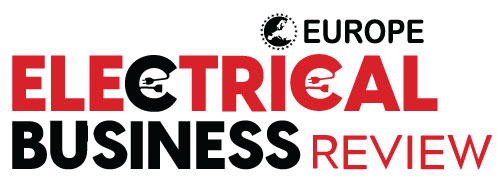Thank you for Subscribing to Electrical Business Review Weekly Brief
I agree We use cookies on this website to enhance your user experience. By clicking any link on this page you are giving your consent for us to set cookies. More info
Understanding Electrical Codes and Safety Standards
By adhering to electrical codes and staying updated with recent developments, industries can enhance safety, ensure reliability, and contribute to a globally standardized and sustainable future.

By
Electrical Business Review | Wednesday, January 29, 2025
Stay ahead of the industry with exclusive feature stories on the top companies, expert insights and the latest news delivered straight to your inbox. Subscribe today.
By adhering to electrical codes and staying updated with recent developments, industries can enhance safety, ensure reliability, and contribute to a globally standardized and sustainable future.
FREMONT, CA: Electrical codes and safety standards play a crucial role in ensuring the safe usage of electrical systems. In Europe, these regulations are highly structured and enforced to provide safety for individuals and property while promoting the reliable functionality of electrical systems.
The Importance of Adhering to Electrical Codes
Adhering to electrical codes goes beyond fulfilling legal requirements; prioritising safety and reliability is a moral obligation. These codes minimise risks such as electrical shocks, fires, and other hazards, safeguarding lives and property. Following standardised guidelines, electrical installations function efficiently, reducing the likelihood of failure. Non-compliance, conversely, can result in severe consequences, including hefty fines and legal actions, particularly in accidents. Additionally, uniform electrical codes, such as those enforced in the European Union (EU), support international trade by enabling the standardisation of installations and equipment across borders.
Key Electrical Standards in Europe
The European Union has established a cohesive framework of electrical standards to ensure safe and efficient installations across its member states. Among the most prominent are the International Electrotechnical Commission (IEC) standards, which provide global guidelines and form the foundation for European codes. The European Committee for Standardization (CEN) adapts these into specific European versions, known as EN standards. For instance, EN 60364 outlines general requirements for electrical installations and building safety measures. Furthermore, European electrical products must comply with CE marking requirements, indicating conformity with EU regulations on safety, health, and environmental protection.
Critical Safety Regulations
Several safety regulations have been introduced to ensure safe and reliable electrical installations. Proper grounding or earthing of electrical systems is mandatory to prevent electrical buildup and reduce shock risks. Residual Current Devices (RCDs) are essential for disconnecting electricity during faults, significantly reducing the chances of fatal injuries. Appropriate wiring methods, such as selecting the correct wire types, sizes, and protective conduits, are vital for safety and functionality. Regular inspection and testing of electrical systems help identify faults before they escalate, ensuring adherence to safety standards. Clear labelling of electrical installations is also required to inform users of potential hazards and promote safe usage.
Recent Updates and Developments
The EU continually updates electrical standards to align with modern technological advancements and promote harmonisation across member states. These updates simplify cross-border trade and standardise practices. The growing adoption of renewable energy systems, such as solar and wind, has led to new regulations addressing their installation and safety requirements. Moreover, integrating smart technologies in homes and workplaces has been incorporated into updated standards to ensure the safety of interconnected devices while maintaining compliance with traditional regulatory benchmarks.
By adhering to European electrical codes and safety standards, businesses and individuals ensure compliance and contribute to a safer and more reliable electrical environment. Standards such as EN 60364 and CE marking requirements serve as benchmarks for achieving this, albeit with some challenges. Staying informed and proactive is essential for navigating this evolving field.








